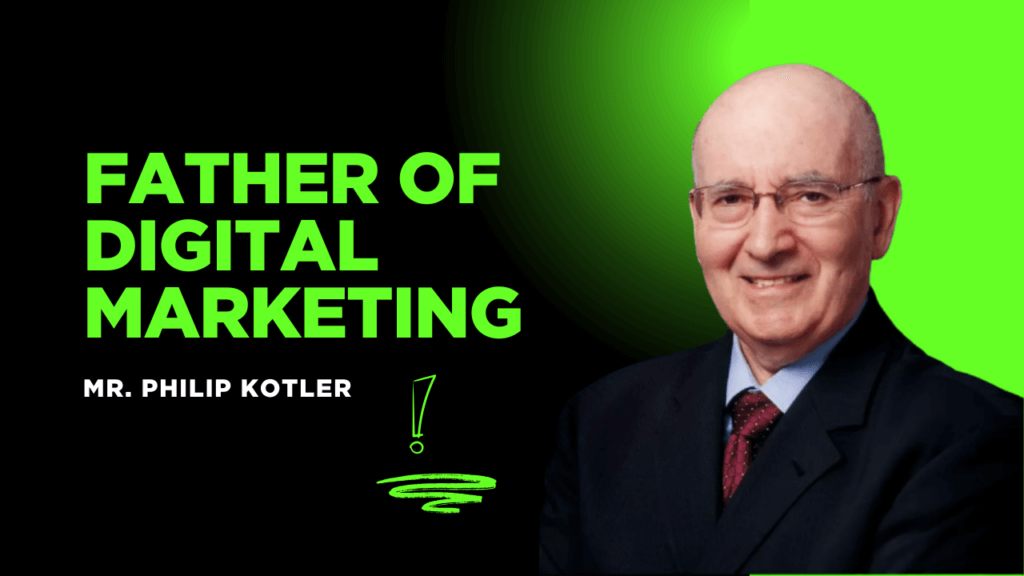Digital Marketing in Simple Words?
Understanding Digital Marketing in Simple Words
In today’s digital era, businesses rely heavily on online platforms to expand their reach and engage with potential customers. Digital marketing in simple words refers to the process of using the internet and electronic devices to promote products, services, and brands. Unlike traditional marketing, digital marketing allows businesses to connect with their audience in real-time, measure the impact of their strategies, and make data-driven decisions to improve results.
Key Components of Digital Marketing
Digital marketing is a broad field with several interconnected components that help businesses grow. The main elements include:
1. Digital Marketing Strategies
A well-planned digital marketing strategy is essential for businesses looking to maximize their online presence and achieve their goals. Here are some core strategies:
Search Engine Optimization (SEO) – Enhancing website visibility in search engine results.
Content Marketing – Creating and sharing high-quality content to attract and retain customers.
Social Media Marketing (SMM) – Utilizing platforms like Facebook, Instagram, LinkedIn, and Twitter for audience engagement.
Email Marketing – Sending personalized emails to nurture leads and maintain customer relationships.
Paid Advertising – Running paid campaigns, such as PPC (Pay-Per-Click), to drive instant traffic and conversions.
Affiliate Marketing – Partnering with influencers and affiliates to promote products and services.
Influencer Marketing – Leveraging influencers’ reach and credibility to enhance brand awareness.
Each of these strategies plays a significant role in boosting digital marketing success, ensuring businesses stay competitive in their industry.
2. SEO & Content Marketing
What is SEO?
Search Engine Optimization (SEO) is the practice of optimizing websites and content to rank higher in search engine results pages (SERPs). It involves:
On-Page SEO: Optimizing website content, meta descriptions, headers, and keyword placement.
Off-Page SEO: Building high-quality backlinks and increasing domain authority.
Technical SEO: Improving website speed, mobile-friendliness, and structured data.
Local SEO: Targeting local customers through Google My Business listings and location-based keywords.
What is Content Marketing?
Content marketing is a key element of digital marketing that focuses on creating and distributing valuable content to attract and engage a specific audience. Types of content include:
Blog Posts & Articles: Informative content that provides value to readers and improves SEO rankings.
Videos & Webinars: Engaging visual content that captures audience attention.
Infographics: Visually appealing graphics that convey information effectively.
E-books & Whitepapers: In-depth resources that establish authority and generate leads.
By combining SEO & content marketing, businesses can increase organic traffic and establish credibility in their niche.
3. Social Media Marketing
Why is Social Media Marketing Important?
Social media marketing (SMM) helps businesses reach and engage with their target audience through various social platforms. Benefits include:
Brand Awareness: Expanding reach through viral content and social sharing.
Customer Engagement: Direct interaction with customers via comments, messages, and live chats.
Lead Generation: Running targeted ads to attract potential customers.
Increased Website Traffic: Driving visitors to websites through social media posts and campaigns.
Best Platforms for Social Media Marketing
Facebook: Great for community building, paid ads, and brand promotions.
Instagram: Ideal for visual content, influencer collaborations, and stories.
LinkedIn: Best for B2B networking, professional engagement, and corporate branding.
Twitter: Effective for real-time updates, customer service, and brand conversations.
TikTok & YouTube: Excellent for video marketing and brand storytelling.
By implementing strong social media marketing strategies, businesses can strengthen their brand presence and build loyal communities.
4. Paid Advertising
Types of Paid Advertising
Paid advertising is a powerful tool for driving instant traffic and generating leads. Common types include:
Google Ads: Pay-per-click (PPC) ads that appear in search results.
Social Media Ads: Sponsored posts on Facebook, Instagram, LinkedIn, and Twitter.
Display Ads: Banner ads on websites and apps.
Retargeting Campaigns: Ads targeting users who previously visited a website.
Benefits of Paid Advertising
Immediate Results: Unlike organic strategies, paid ads drive instant visibility and conversions.
Precise Targeting: Advanced tools allow businesses to target users based on demographics, interests, and behavior.
Measurable Performance: Advertisers can track campaign performance and optimize strategies for better ROI.
Investing in paid advertising can significantly boost brand visibility and accelerate business growth.
The Importance of Digital Marketing
Why Should Businesses Invest in Digital Marketing?
Cost-Effective Marketing: Compared to traditional methods, digital marketing is more affordable and delivers higher ROI.Wider Reach: Businesses can reach local and global audiences without physical limitations.
Personalized Campaigns: AI-driven marketing tools allow customized ads and messages for different audience segments.
Higher Engagement: Two-way communication fosters customer relationships and trust.
Data-Driven Decision Making: Analytics provide valuable insights to refine strategies and improve outcomes.
How to Build an Effective Digital Marketing Plan?
To achieve success in digital marketing, businesses must follow a strategic plan:
Set Clear Goals: Define objectives such as brand awareness, lead generation, or sales growth.
Understand the Audience: Research customer demographics, preferences, and behavior.
Select the Right Channels: Focus on SEO, content marketing, social media, and paid ads.
Create Quality Content: Develop engaging and informative content to attract audiences.
Monitor & Optimize: Use analytics tools to track performance and refine strategies accordingly.
The Future of Digital Marketing
As technology evolves, digital marketing trends continue to change. Here are some future trends to watch:
Artificial Intelligence (AI): AI-driven marketing tools for personalized customer experiences.
Voice Search Optimization: Growing importance of voice search and smart assistants.
Augmented Reality (AR) & Virtual Reality (VR): Enhanced customer interactions through immersive experiences.
Blockchain Technology: Improved transparency in digital advertising and transactions.
Interactive Content: Polls, quizzes, and live streaming for better audience engagement.
Businesses that adapt to these emerging trends will stay ahead of the competition and maximize their digital marketing efforts.
Conclusion
Digital marketing in simple words is a vital tool for businesses looking to thrive in the online world. By implementing effective digital marketing strategies, leveraging SEO & content marketing, utilizing social media marketing, and investing in paid advertising, businesses can achieve substantial growth and success.


